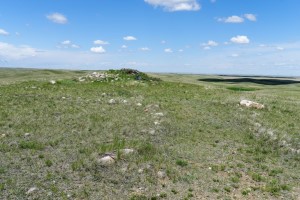
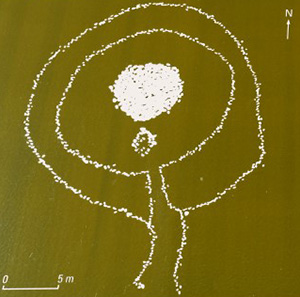 |
The site is
located on a hill overlooking the rest of the countryside. It is the
only such site in North America that features a dual circular
structure. There is a central cairn of stones piled along with small
pit to the south. The two outer circles have an entrance or opening to
the South.
|
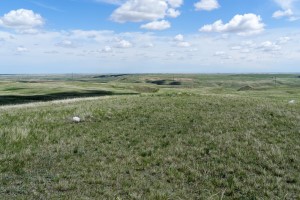
|
The site
features excellent views across the area and like many other ancient
sites in world is in a very calming and peaceful setting. |
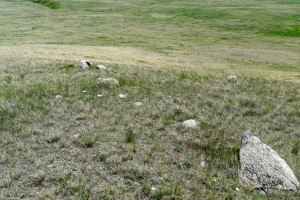 |
Single stones
are scattered all over the area, I'm certain that over time the smaller
stones have been moved from the circles to other areas.
|
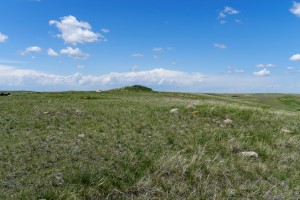 |
The central cairn sticks ou in the landscape and can be seen quite a ways.
|
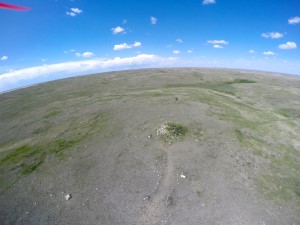 |
The
next three images are aerial still shots taken during our visit in May
2014. This shot is taken South towards North. The image was taken with
a 15mm wide angle fish eye lens, hence the curvature of the horizon. On
the top left corner you can see the propeller of the aircraft.
|
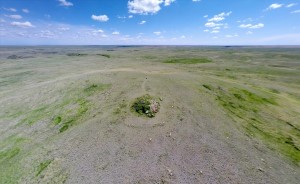 |
This image is taken from North facing South. This time the image is corrected for distortion |
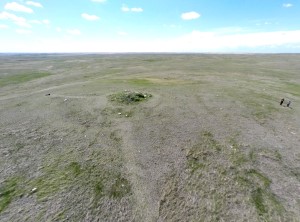 |
This
image is taken from West facing East. The image is corrected for
distortion. Especially in this image you can see lot's of round
features all around the site that indicate that the site was once much
larger then what we see today. I think that a proper archaeological
excavation would yield many suprises. |
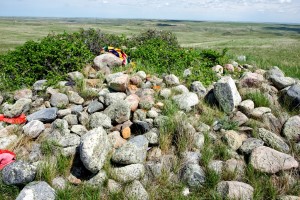 | The
site is still considered sacred among native Canadians. What looks like
trash are in fact offerings left by visitors. It's tradition to leave
tobacco, pieces of cloth, food or other things of significance to the
indivdual. |
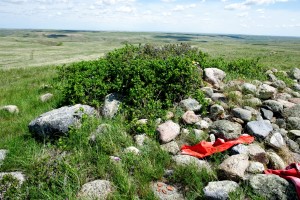 | |
 | Here a closer aerial look onto the central cairn. |
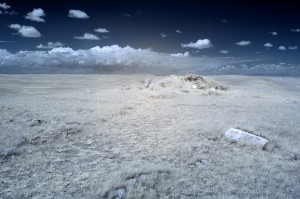 | When
photographed in the near infrared spectrum, the stone cairn reveals a
very mysterious glow around it. This image is color corrected to
simulate blue skies, but you can see a lighter, yellowish glow around
the cairn. |
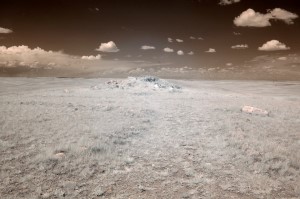 | With
this infrared shot as it comes straight out the camera one can see this
'glow' a bit better. This is very curious as I have not seen this glow
before. While plants appear lighter in infrared images because they
reflect more infrared light, I have not seen a glow surrounding it.
This effect is invisble to the human eye or regular photos. |

